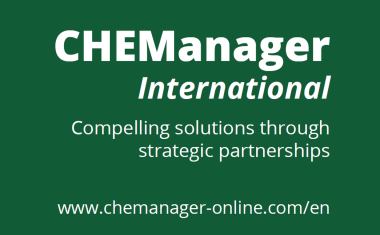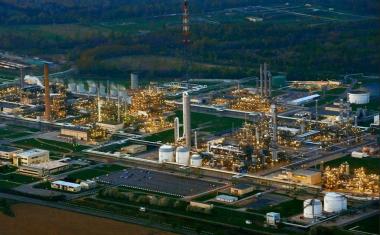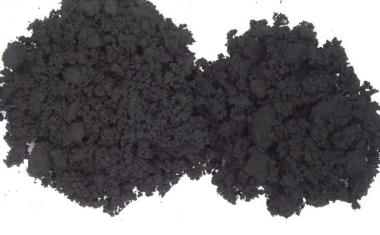Impact of American Shale Gas Boom on Europe’s Chemical Industry
(CHEManager International 9/2014) Rough Times The North American shale gas boom is a major topic for managers in the European chemical industry and is expected to cause substantial competitive disadvantages for the European business. According to a recent study conducted by Stratley among 60 operations executives and top managers from over 30 companies in Europe, more than 80% of the participants believe that North American shale gas will have negative impacts for the European chemical industry (fig.1). Furthermore, they believe that the European petrochemical and basic chemicals industries face particularly rough times. Expected scenarios range from the closure of individual assets to a drip by drip erosion of the entire petrochemicals and basic chemicals industries. 
Survival Strategies A considerable number of the interviewees demand a more active approach to changes in global competition and call for stronger use and expansion of the European chemical industry's strengths. Differentiation through specialization and innovation is at the top of manager's lists (fig. 2). This includes more emphasis on specialties but has also to do with processes, services and business models which drive differentiation and help increase competitiveness. After differentiation, increasing efficiency is the next most important topic for managers. The objective is to reduce costs - through improved processes, less material and energy inputs, optimized processing. A continuing trend toward clusters and Verbunds within the regions is also expected.
Strategic Measures The position of a company in the value chain influences the activities it pursues as a reaction to shale gas. Those who are directly impacted by the shale gas boom are trying to participate in the attractive North American production conditions - where possible. Upstream companies are investing - either in North America to convert crackers to use ethane as a raw material, or in Europe to facilitate access to less expensive raw materials. Both courses of action aim to ensure competitiveness in ethylene (fig. 3). Other investments at European petrochemicals sites aim to optimize product output or forward integration to improve value creation. This applies in particular to monomers. Besides the raw material costs, investments in new as well as existing plants and assets are necessary.
Next Major Producers European Managers feel that other regions have progressed further in developing fracking technology and implementing it in commercial scale ex-traction. China is seen as the next major producer of shale gas (fig. 4) mainly due to resource size, political supports and high energy dependence on coal. However, it is unlikely that the North American shale gas boom can simply be copied because of the challenging geological formations combined with the lack of infrastructure in China. Together with China, Canada and South America will initiate large-scale shale gas production. In the interviewee's opinion, Australia is, as yet, behind Europe due to its large conventional gas reserves. The Middle East and Africa are expected to follow later on.
Read the complete report: www.shalegas.stratley.com
















